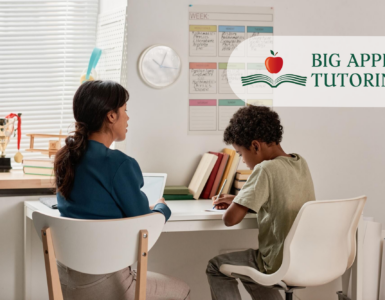Homeschooling in Manhattan allows families to design a personalized education tailored to their children’s unique needs, interests, and learning styles. One of the critical advantages of homeschooling is the ability to create a customized curriculum that goes beyond traditional textbooks and standardized lessons, allowing students to explore diverse subjects, delve into their passions, and learn at their own pace. Here are some steps to help parents craft a customized curriculum for homeschooling in Manhattan:
- Assess Your Child’s Learning Style and Interests
Before diving into curriculum planning, take the time to assess your child’s learning style, strengths, weaknesses, and interests. Some children thrive with hands-on, experiential learning, while others may excel with visual or auditory methods. By understanding your child’s preferred learning style, you can tailor the curriculum to meet their needs and optimize their learning experience.
- Set Learning Goals and Objectives
Establish clear learning goals and objectives for each subject area based on your child’s grade level, academic standards, and educational priorities. Consider what skills, knowledge, and competencies you want your child to acquire by the end of the homeschooling year. These goals will serve as a curriculum development roadmap and help ensure your child receives a well-rounded education.
- Choose Curriculum Resources and Materials
Explore a variety of curriculum resources and materials to support your customized curriculum. Manhattan offers many educational resources, including libraries, museums, cultural institutions, and online learning platforms. Take advantage of these resources to supplement your homeschooling curriculum with real-world experiences, hands-on activities, and interactive learning opportunities.
- Incorporate Multidisciplinary Learning Experiences
Integrate multidisciplinary learning experiences into your curriculum to provide a holistic and interdisciplinary approach to education. Encourage your child to explore connections between different subject areas and apply their knowledge and skills in diverse contexts. For example, you could incorporate literature into history lessons, math into science experiments, or art into cultural studies.
- Flexibility and Adaptability
Stay flexible and adaptable as you implement your customized curriculum. Homeschooling allows flexibility in scheduling, pacing, and content delivery, so be open to adjusting based on your child’s evolving needs and interests. Be prepared to experiment with different teaching methods, resources, and approaches to find what works best for your child.
- Embrace Local Resources and Community Connections
Take advantage of the rich educational opportunities available in Manhattan by embracing local resources and community connections. Attend educational events, workshops, and field trips organized by museums, libraries, and cultural institutions. Engage with other homeschooling families through local support groups, co-ops, and networking opportunities to share resources, ideas, and experiences.
- Evaluate and Reflect
Regularly evaluate and reflect on your homeschooling curriculum to assess its effectiveness and make any necessary adjustments. Monitor your child’s progress, solicit feedback, and reflect on what works well and what could be improved. Be willing to adapt and refine your curriculum as needed to ensure that it continues to meet your child’s educational needs and goals.
In conclusion, creating a customized curriculum for homeschooling in Manhattan empowers parents to provide their children with a personalized and enriching educational experience. By assessing your child’s learning style and interests, setting clear goals and objectives, choosing appropriate resources and materials, incorporating multidisciplinary learning experiences, staying flexible and adaptable, embracing local resources and community connections, and evaluating and reflecting on your curriculum, you can design a curriculum that inspires curiosity, fosters creativity, and nurtures a lifelong love of learning.





